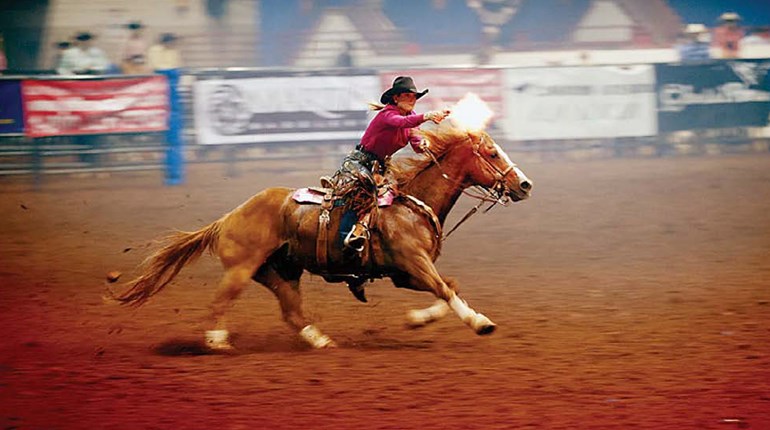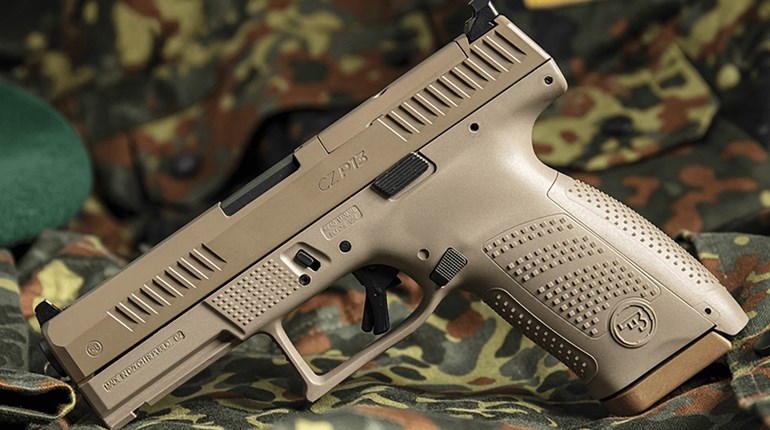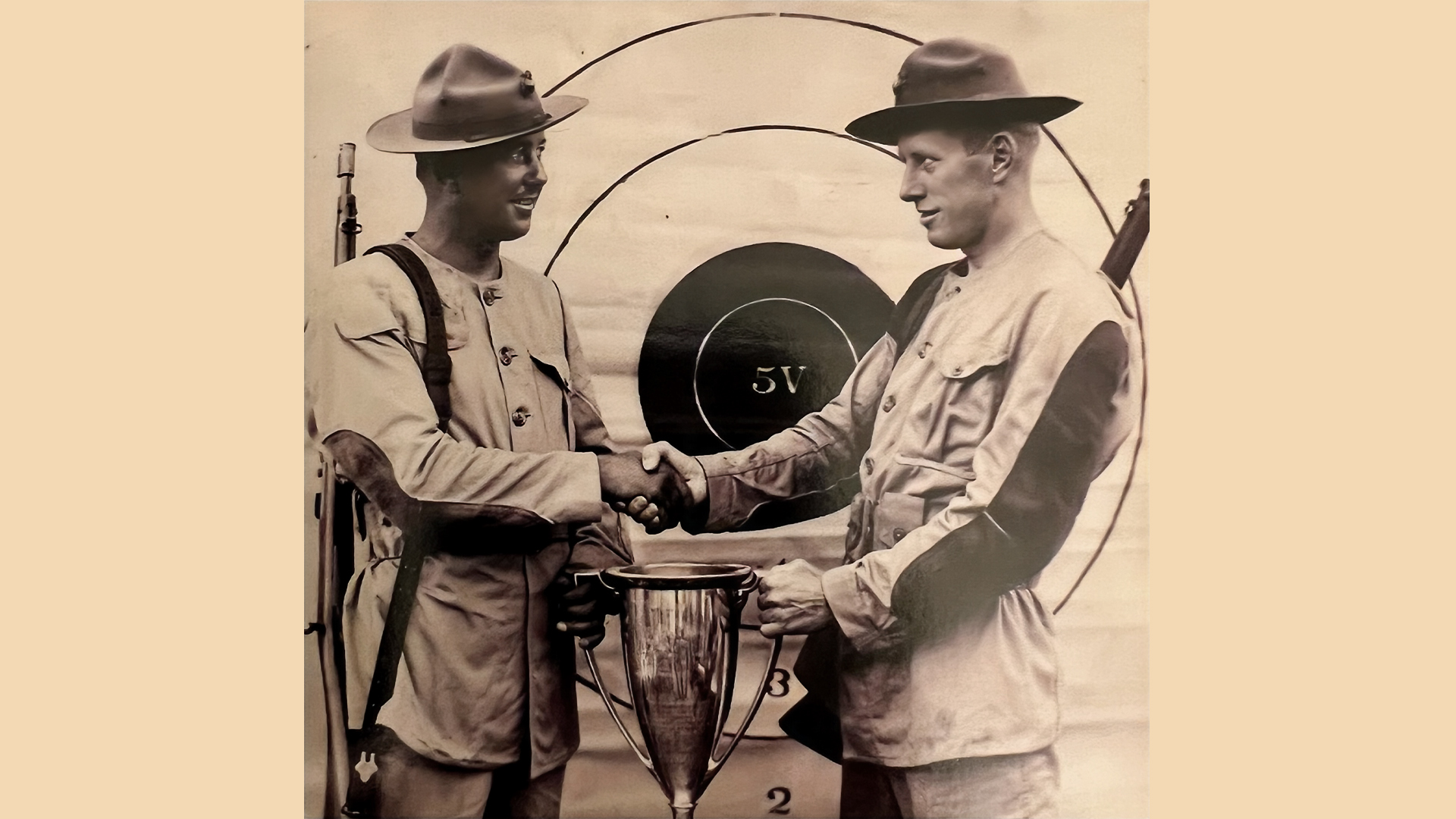
“Since the time when Brigadier General A.B. Critchfield undertook the wholesale eviction of millions of families of long settled frogs from the swampy waste land in the southwest corner of Lake Erie to build America’s number one shooting plant there has been no two-year period which has shown such surprising development and marked progress as the 1936-37 development.”
—The American Rifleman, October 1937
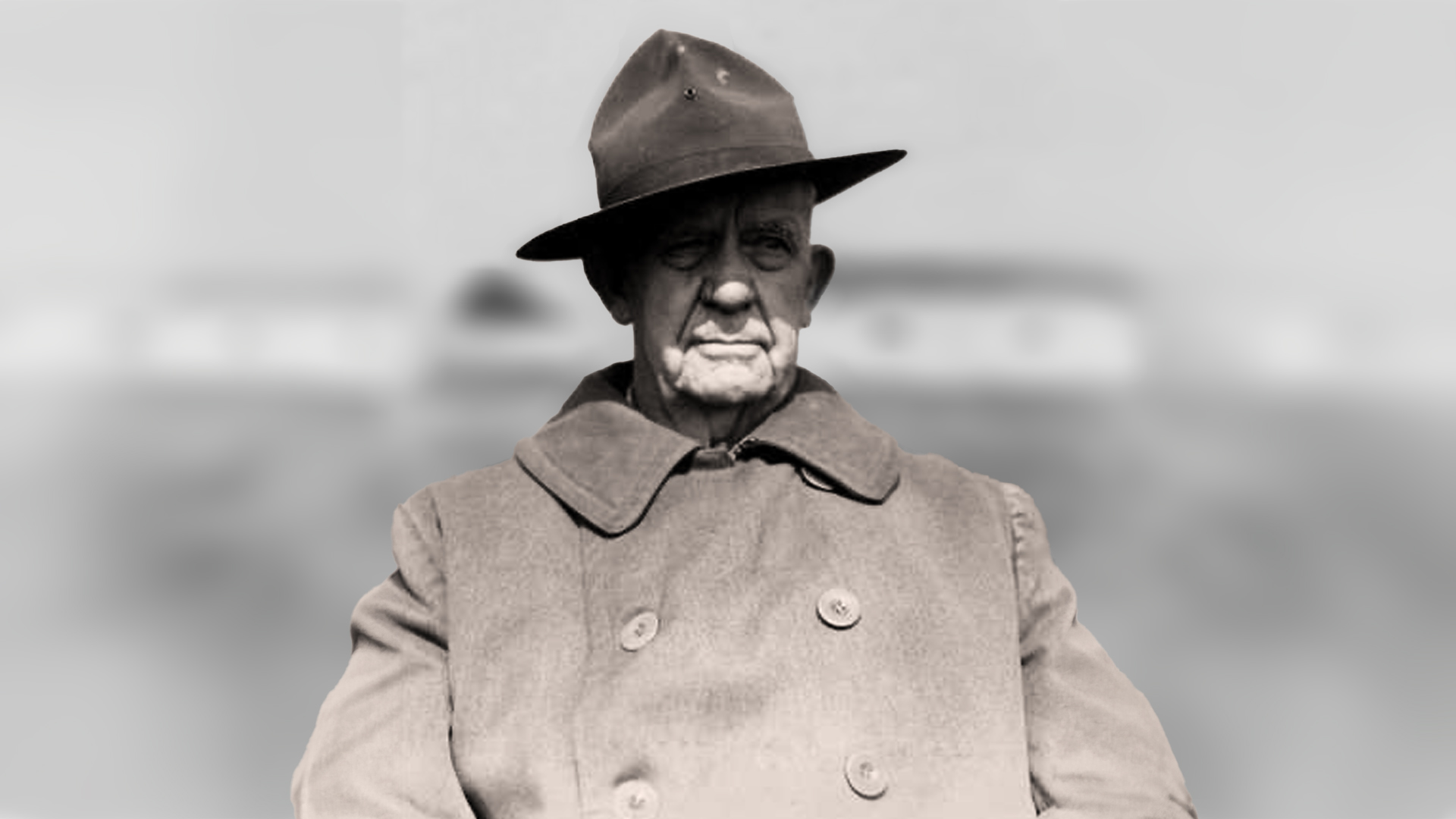
Thirty years after the first National Matches were conducted at Camp Perry, considerable growth had taken place in practically every facet of the program. By appearances alone, the land that Ammon Critchfield had identified in 1906 as “presenting a most desolate and unsightly appearance,” had almost doubled in size and featured two miles of ranges and a number of permanent structures with more in various stages of development. The year 1937 also represented one of the most significant in terms of land acquisition and Camp Perry expansion as approximately 225 acres were purchased from different sources.
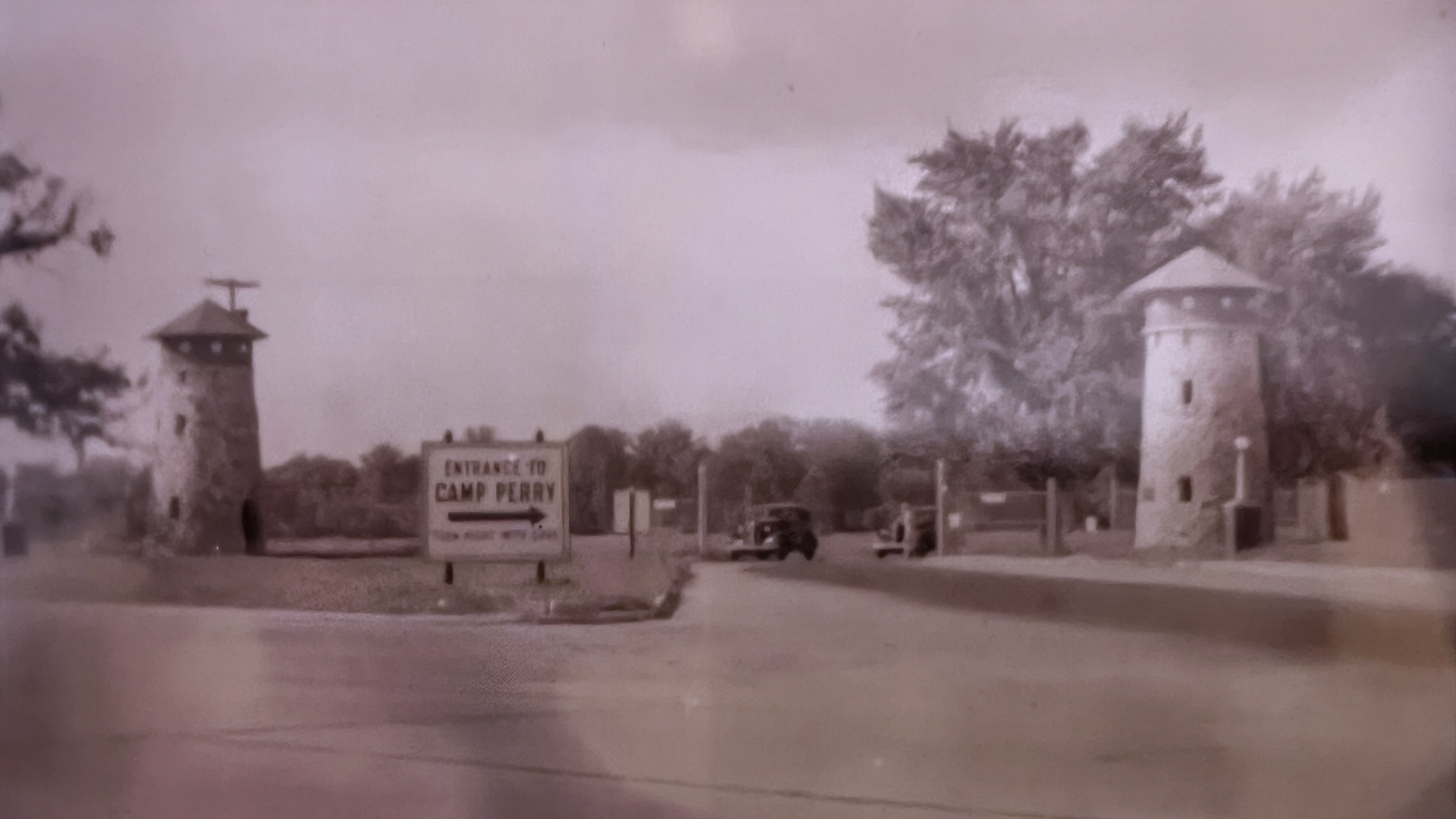
On the firing line, competitors had a match menu of some 85 contests offered in high power, smallbore and pistol over a three-week period and at the helm of the 1937 program was Executive Officer Col. F.C. Endicott. In addition to the small arms training shooters received prior to the start of the matches, schools for range and pit officers, pit operators and scorers were held, and were it not for the all too familiar scenario of receiving confirmation about federal appropriation funding in a less than timely manner, more preparation would have been possible.
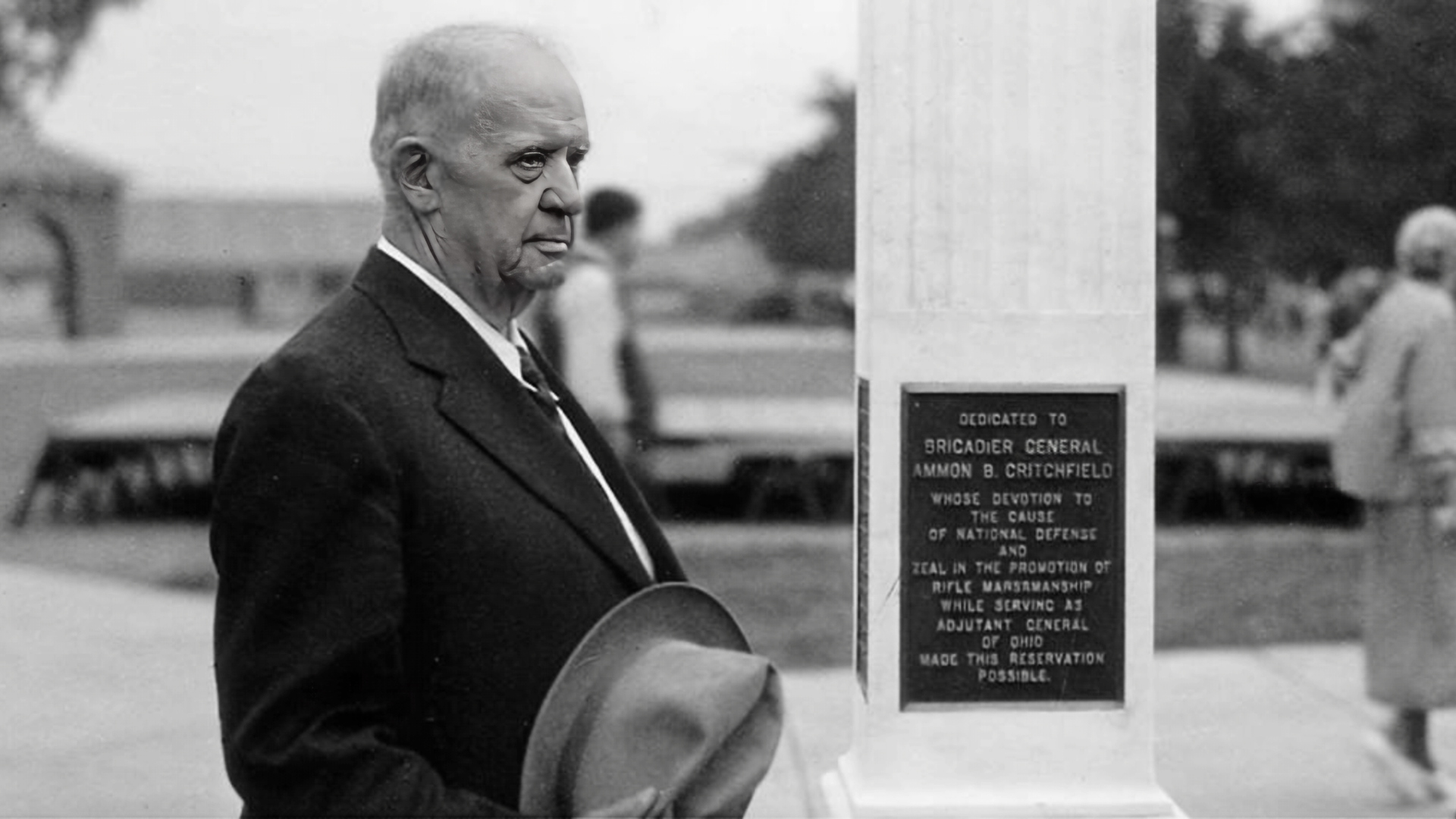
If any one aspect of the 1937 matches stood out, it was the unusually cooperative weather and the resultant possibles and ties. One of the first events fired was the NRA’s Navy Cup Match, a 20-shot, offhand contest won by Marine Sgt. John Blakley with the service rifle from 200 yards. Blakley, who won the President’s Match two years earlier, beat out 1,813 other competitors with a 98 to tie the record, and the favorable conditions made for a situation where shooters from third through ninth place were Creedmoored into positions with 96s, the score that won the match a year earlier. And when the Leech Cup was fired, the same climatic conditions brought a controversial topic to the surface—whether to rank possibles based on the number of Vs over the course or at the longest range. When the NRA Executive Committee made the decision to score the Vs over the course, Marine Sgt. Edward Seeser won the prestigious title, but not without leaving many to wonder what changes to the long-range target could be applied to avert future disputes of a similar nature.

Possible scores dominated the Wimbledon any-rifle class as the top 10 shooters posted 100s, but Infantry Cpl. H.H. Wegner fired 18 V—one off the record—to win the match. Leech winner Seeser won the service class and proceeded to fire the high score in the President’s Match, but so did three of his Marine teammates. Seeser finished third overall as Sgt. Clarence Anderson won the title and congratulatory letter from President Franklin D. Roosevelt. The 1,913 entries in the President’s Match set a new record for any NRA individual event.
The Marines took both the National Individual and Team Rifle events while the Cavalry claimed honors in the Infantry Match and the Los Angeles Police Team defended its National Pistol title with a record score. Emmet Jones of the same organization earned the title of national pistol champion in similar record-setting fashion. Competition was sharp and the NRA’s All-Around Pistol Championship featured legendary names like Charles Askins, Walter Walsh, Harry Reeves and Al Hemming among the top 10 finishers. In addition, the NRA added some tyro-only matches to the pistol program that proved popular.
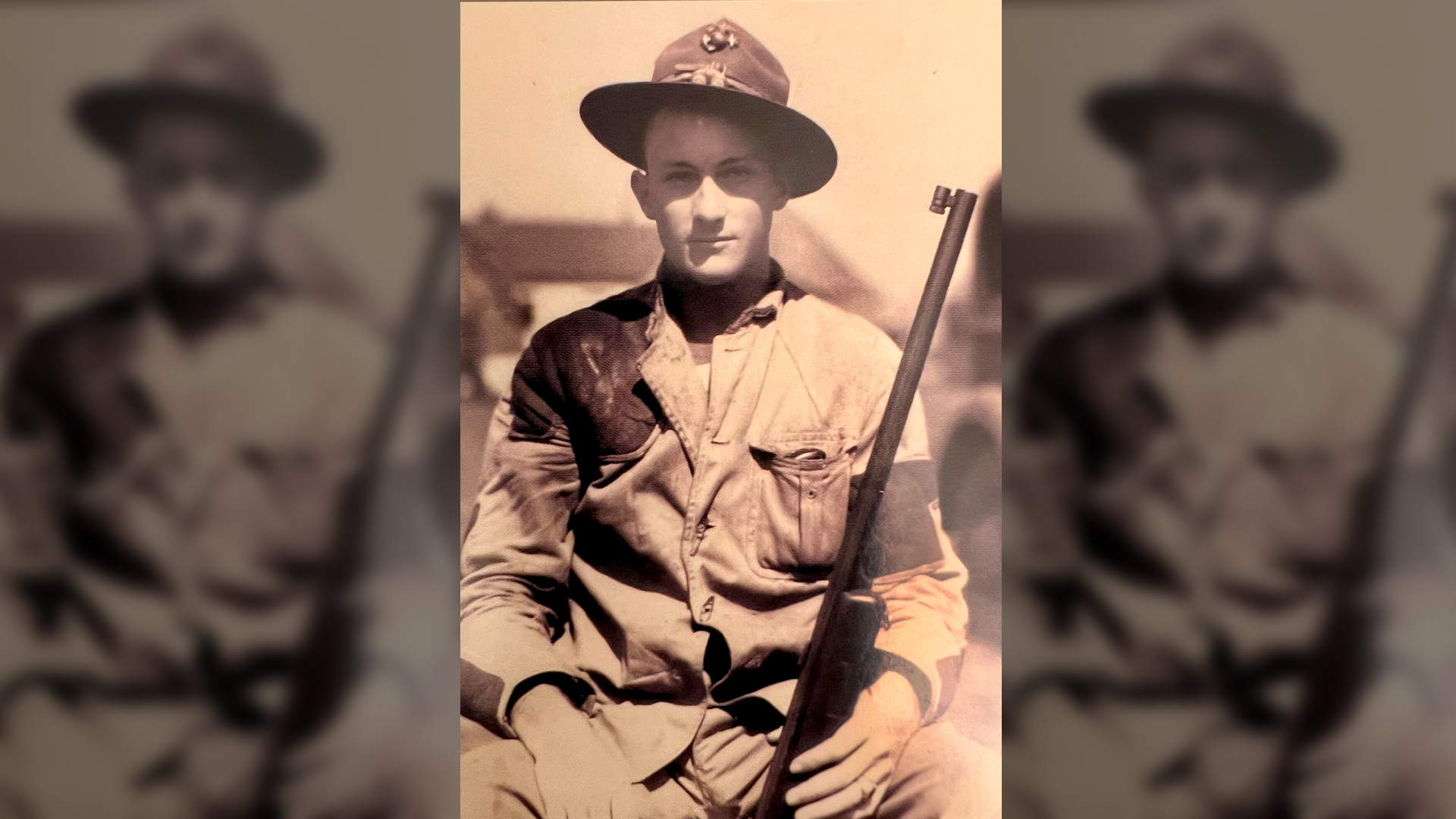
Gunmaker Harry Pope, who first came to Camp Perry in 1907, one year after his shop was destroyed in the Great San Francisco Earthquake, strolled the line this year to see how much the place had changed and remained the same since his last visit in 1924. For some years there had been a smallbore position match named in his honor but this year, of all years, it was not fired. But position shooting at Camp Perry was not what smallbore was about. It was about prone and the competitors were on hand to challenge 1936 champion Bill Woodring for the national title. Young Flossie Anson made a play for the top spot, and with just a little more than a year of competitive shooting, she became the first woman to earn membership in the exclusive 400 Club, comprising those who fired a perfect 400 over the Dewar course with metallic sights in national or regional competition.
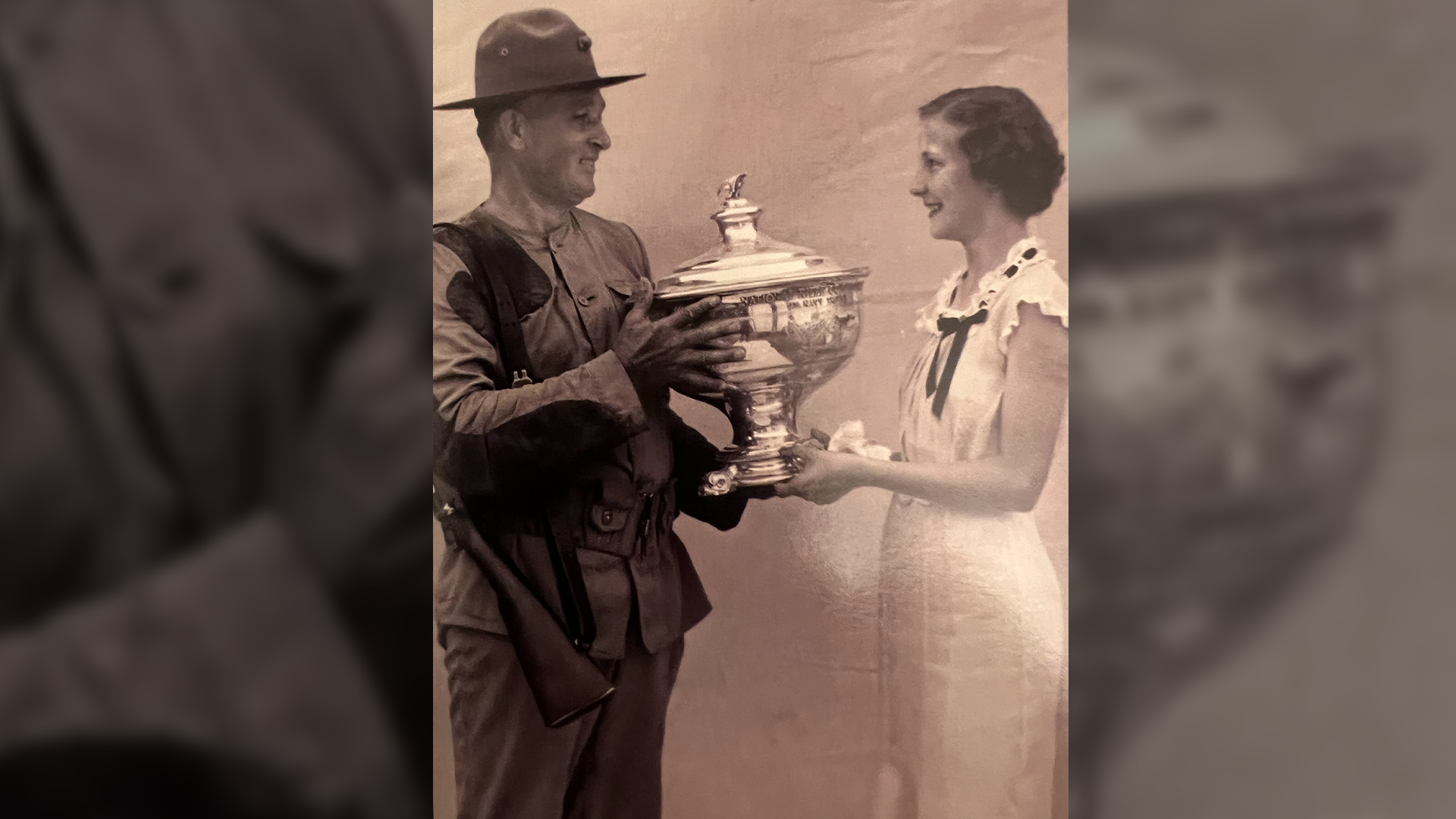
Woodring was in control of his game and his steady performance carried right through to the championship aggregate where his score of 1992 earned him the honor of becoming the third person to win two titles (McGarity and Samsoe were the others) and the distinction of being the first to win his titles back to back.
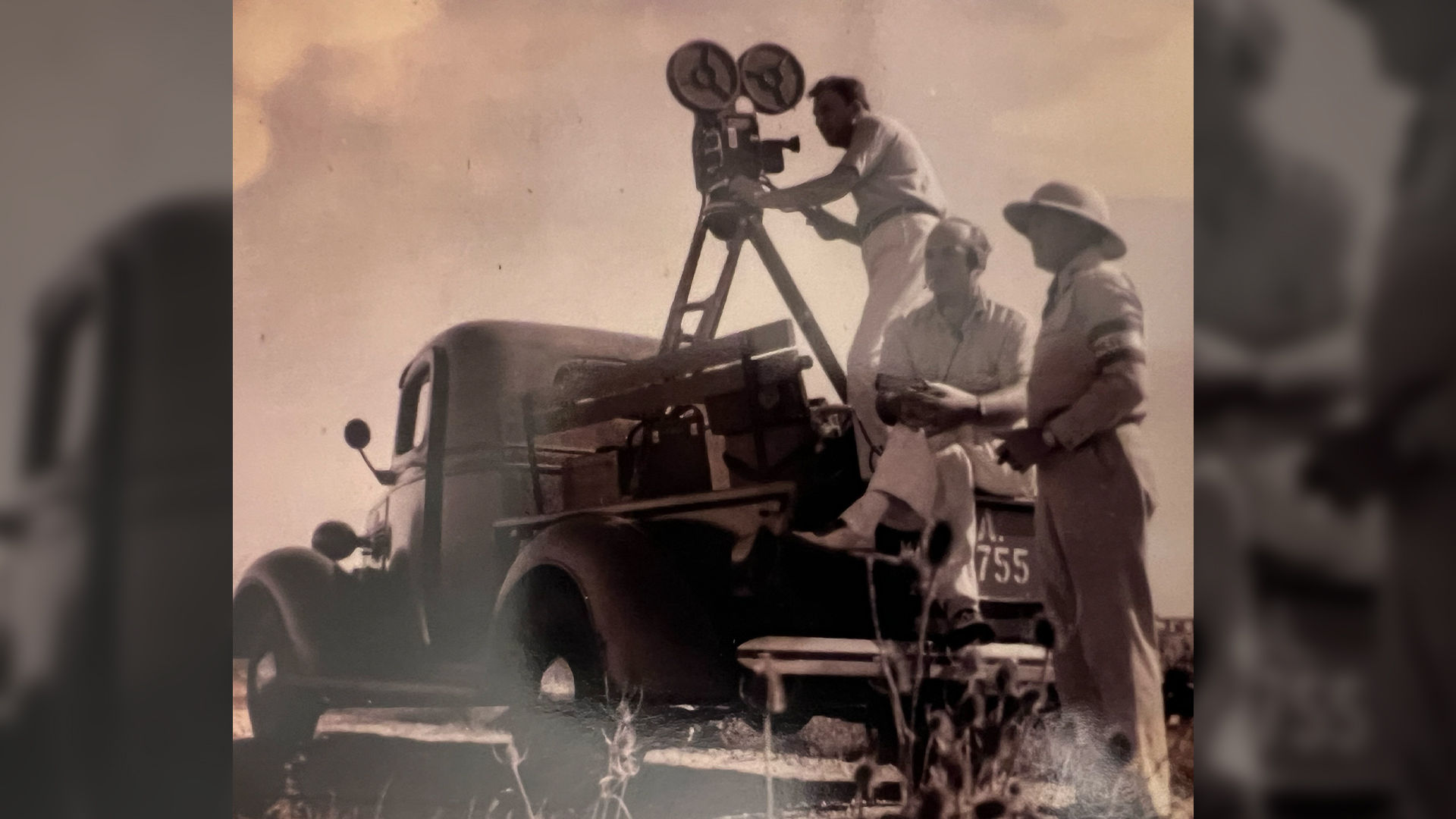
Four international postals filled out the last two days of .22 competition in 1937, and victory came to U.S. shooters in both the Railwaymen’s and RWS matches. However, for the first time in many years the Dewar Cup was crated up and returned to its native shores. The firing of the FIDAC closed out the 1937 smallbore season with another loss to Great Britain.















